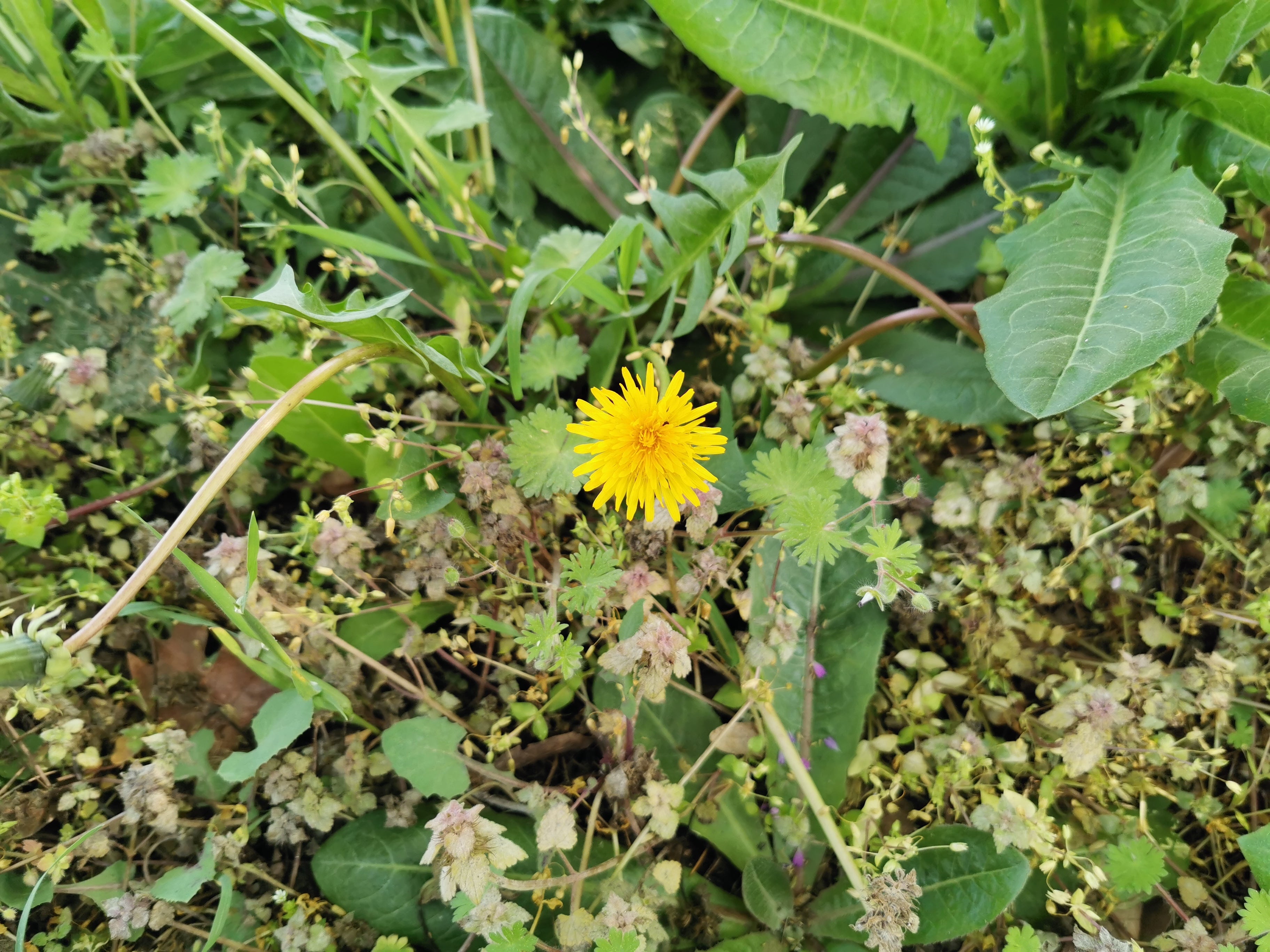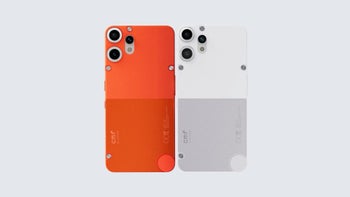P30's yellow pixels the 'future of photography'? They are not that great vs S10+, XS Max, or Pixel 3 cameras
This article may contain personal views and opinion from the author.
Richard Yu, the CEO of Huawei's Consumer division, is on record saying that the "...P30 Series is a fundamental breakthrough after decades of digital camera technology development; it will rewrite the rules and reshape everyone’s perception of mobile photography."
How come? Well, with what Huawei calls a SuperSpectrum sensor using yellow instead of green pixels. It still consists of a Quad Bayer layout, but with Red-Yellow-Yellow-Blue matrix. On paper, using the subtractive RYB color-building method that painters are intimately acquainted with, instead of the traditional additive RGB coloring with a light source, allows for more light to be absorbed by the sensor from an area unit.
The SuperSpectrum sensor actually performs as advertised, too, making visible scenes out of what other phones perceive as pitch black frames. That niche situation, however, like taking a picture or shooting a video of a completely dark room or alley, is not nearly as widespread as, ahem, taking snaps in broad daylight, and that's where the RYYB arrangement's disadvantages come into play more often than not.
P30/Pro yellow vs P20 Pro, S10+, XS Max or Pixel 3 RGB camera sensors

The RYYB arrangement indeed collects much more light compared to RGGB, yet it has its own set of unique challenges in controlling chromatic aberrations and color representation
What can be observed on both the P30 Pro and the P30 which sport the same yellow-for-green pixels swap, is that there is often a yellowish overcast and sometimes reddish artifacts on the resulting picture, due to the warm-leaning white balance, as if taken through an Instagram filter.
We've taken numerous pictures with both and compared it with other top-shelf phones in the office, like the Samsung Galaxy S10+, Apple iPhone XS Max and Google's Pixel 3, as well as with Huawei's 2018 RGB sensor flagships P20 Pro and Mate 20 Pro, and the P30/Pro often churn out what the average user can only describe as, well, yellow pictures.
That's not to say that the iPhones don't produce warm, yellow overtones, too, but at least the sky still looks blue, while on the P30 Pro that overcast is taken to the extreme, to the point that everything looks like we've placed a yellow glass bottle in front of the lens. Here comes science to explain that white balance choice as a normal tradeoff of using the RYYB instead of a more common RGB sensor.
Grass is greener on the RGB side, but yellow is good in low-light indeed
The sky may not be blue, too
From a Society for Imaging Science and Technology paper, authored by Orit Skorka, Dave Jasinski, Radu Ispasoiu, and Vladi Korobov from the Image Sensor Group, ON Semiconductor, San Jose, CA:
Comparison of the normal incidence response shows the advantage of structure (a), RYYB, in collection of light. The yellow color filter allows a broader band of light to reach the
photodiode than a green one. This allows substantial enhancement in captured signals in dim light conditions, but requires an advanced image signal processor (ISP) to maintain high fidelity of a scene’s luminance and color information with low level of chroma noise.
Well, Huawei did what it could with its powerful 7nm chip and dedicated image processing but apparently that hasn't been enough to overcome the white balance/dynamic range tradeoffs of using yellow pixels on the sensor instead of the usual green ones.
In low light and indoors, however, the P30's sensor indeed manages to capture more light than its peers, and the warm tonality is rarely to be seen, so, if you can live with some off-brand hues for better detail and exposure, the P30/Pro camera sets have plenty of other virtues to latch on.




















Things that are NOT allowed: